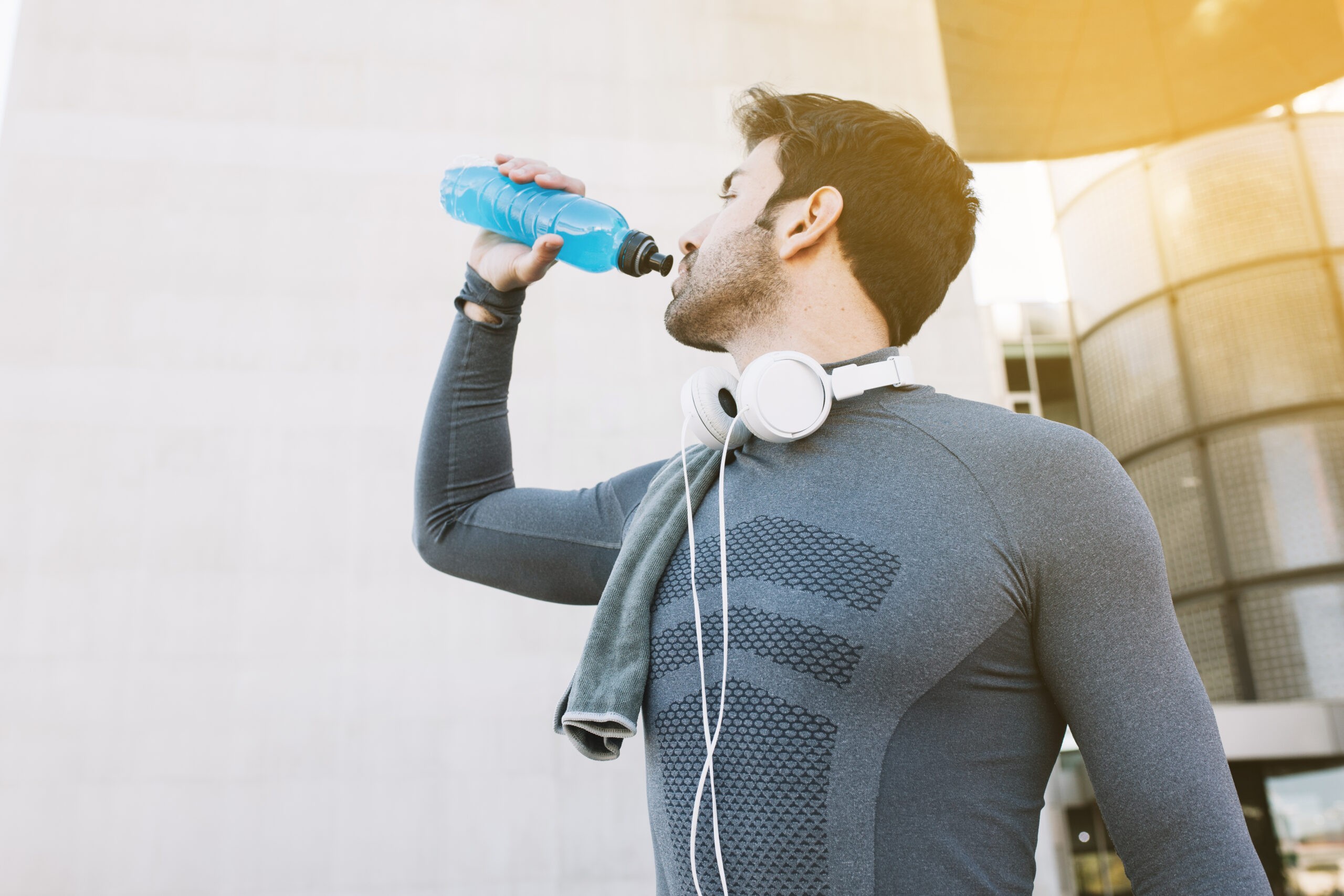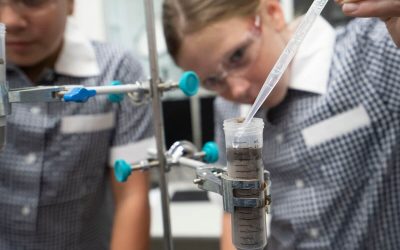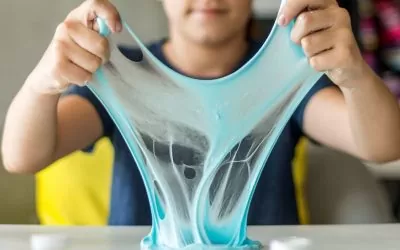Whether you’re watching your favourite rugby league team play their match of the season, or graceful figure skaters carving up the ice in the Winter Olympics, it’s hard not to be amazed at the herculean feats performed by elite athletes in their element. It’s exhausting just watching them and the level of physical exertion they push themselves to. And we can see the evidence of this through how much athletes sweat!
Did you know that during sporting events, athletes can lose litres of water by sweating, and this can actually be measured by a loss in weight? Now this could clearly be quite dangerous to athletes’ health if they don’t have a surefire way to get rehydrated, and fast – which is where isotonic sports drinks come in.
But how exactly do sports drinks help athletes recover, and why is simply drinking water alone insufficient to rehydrate elite endurance athletes in particular after sweat loss? Let’s find out.
Measuring Athletes’ Sweat Composition
To evaluate their level of hydration, elite athletes will undergo a procedure called “sweat testing”, which combines an athlete’s body weight and sweat rate (the amount of litres of sweat lost per hour) with an analysis of the quantity of certain electrolytes per litre of sweat. Check out this video that walks you through the process of sweat testing.
For major sporting events, some athletes will weigh themselves before and after the event, with the weight loss indicating how much fluids were lost through sweating (i.e. 2kg weight loss equates to 2L of body fluids lost). These fluids need to be replenished quickly for athletes to remain safe and healthy.
What is Sweat Made of and What is Tonicity
Sweat mostly consists of water, but it also consists of small amounts of other electrolytes including sodium, chlorine, potassium and magnesium. Electrolytes are incredibly important, as they’re the essential minerals our bodies naturally produce that maintain the movement of water through the body, and are instrumental in transmitting electrical signals from the brain to alert muscles to perform basic functions.
The concentration of electrolytes in sweat is referred to as the tonicity, and the level of tonicity varies between athletes. Sodium, i.e. salt, is the main electrolyte lost in the sweating process. Some athletes sweat out lots of salt, however, other athletes have less salty sweat.

So How do Sports Drinks Help Athletes Rehydrate?
Sports drinks are designed to replace the water and electrolytes lost through sweating. You often see the word “isotonic” on sports drinks. This means that the concentration of electrolytes (the tonicity) in the drink is the same as that lost in sweat (iso = same). However, as mentioned above, this varies between athletes.
Athletes can customise the concentration of electrolytes they consume during events to match their sweat loss, and usually this is a measure taken specifically by elite endurance athletes. Drinks with added electrolytes enhance water retention by 25%, which is why sports drinks are so effective for athletes to consume so they can maintain optimal hydration and performance.
For events of shorter duration, water is sufficient to replenish sweat loss. However, consuming water alone during endurance events can be dangerous because water is hypotonic, meaning that it has a lower salt concentration than sweat. This can dilute the remaining salt in the blood leading to hyponatremia, i.e. low blood sodium levels. Therefore, elite endurance athletes will often take salt tablets in addition to water and sports drinks during events.
Run into a wall planning an engaging National Science Week celebration for your school this year? Don’t sweat it – Street Science has the perfect solution with our premium LIVE show, The Future of Foods! Book your National Science Week 2021 experience with Street Science here.



